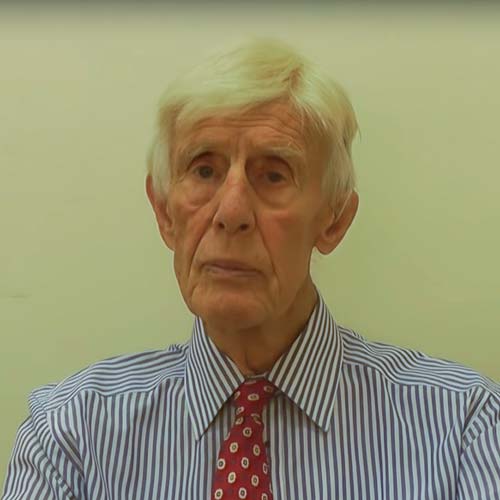For an animal to survive it is essential that every tooth meets perfectly. However the genes that control our growth are not able to achieve that precisely. So during our evolution our teeth evolved the ability to move in various directions to ensure perfect occlusion.
The Tooth Eruption Mechanism (TEM) enables each tooth to erupt until it touches an opposite tooth (or thumb, finger or tongue). If the mouth is left open the teeth will erupt too far (see picture). Bill Proffits research would suggest teeth should naturally be in light contact for about six hours a day.
Teeth will also move sideways as can be shown by adding plastic to one side and watch the cheek or tongue move them away. They will respond to the push of a feather (1 gram) while fixed orthodontic appliances apply forces five, ten or even one hundred times greater. This is why teeth often hurt after appliances are fitted or adjusted, and pain means damage.
Teeth often tilt when they are being moved, but an interesting bit of research many years ago showed me that each tooth naturally uprights itself. It was a comparison between cases treated with fixed appliances and “driftodontics” (where no treatment is provided after extractions). First premolars had been extracted in the lower arch and either the spaces had been closed with fixed appliances using torque to upright the second premolars, or the space had been left to close naturally as the second premolars tilted forward.
Some years later the fixed cases had re-crowded slightly, while the driftodontic cases had less crowding and amazingly the second premolars had up-righted themselves. This was despite the occlusal forces that would be expected to make the tilting worse.
This information is particularly helpful in curing Jaw joint problems if patients can be trained to keep their teeth in gentle contact for six hours a day. A closed mouth posture is also essential to avoid recurrent crowding or relapse after orthodontic treatment. Prof John Mew.
